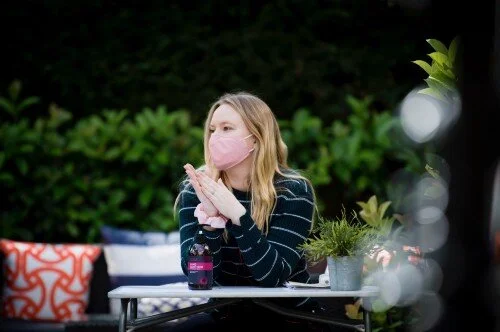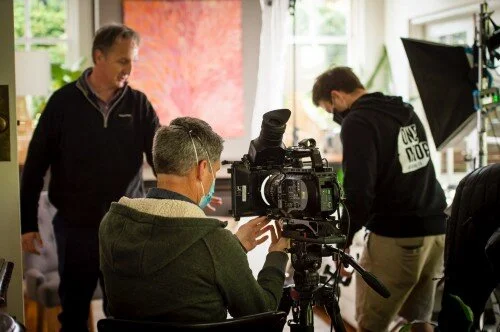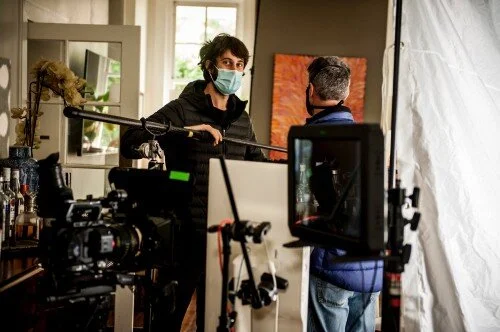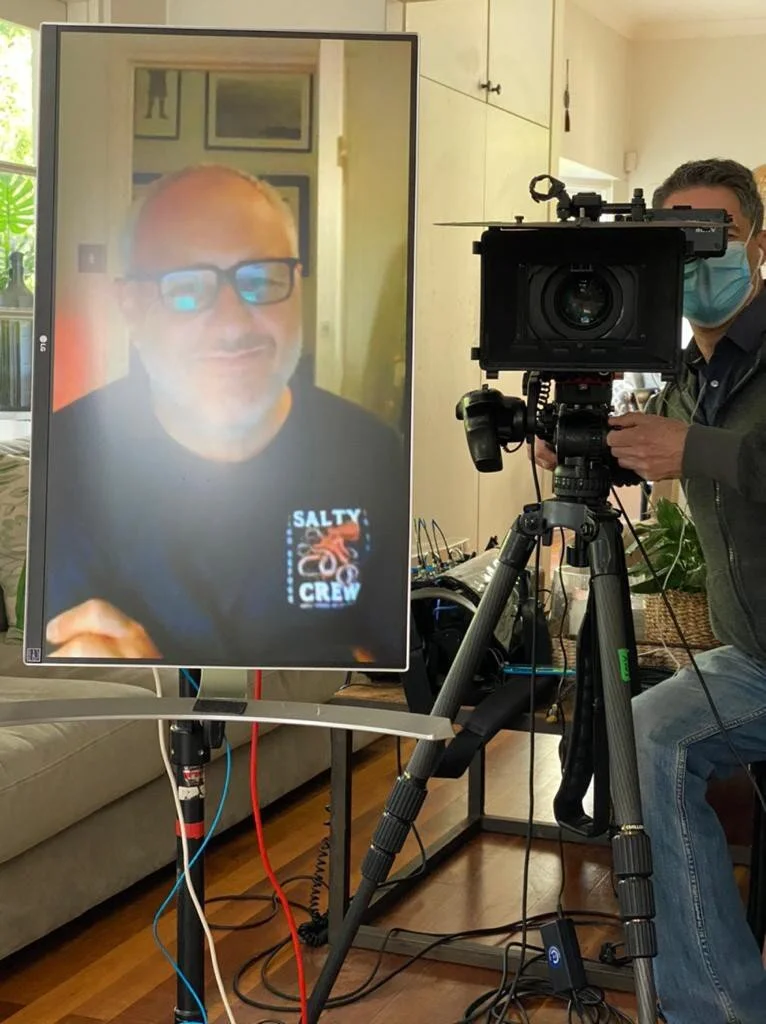DTV Global Snapshot: The Creative Production Edition
Maybe your cast and crew are in South Korea, but your director is stranded in Sydney?
Or you’re simply concerned about arranging your first post-lockdown shoot?
Maybe that stranded director managed eventually to get back to the UK from Sydney, but now he needs to direct a shoot in, wait where… Sydney?!
These are just some of the scenarios DTV has faced over the past several months. With DRTV continuing to perform well, there is a need to produce inspiring new creative work, and to do so in a world of challenging and constantly changing regulations. In this snapshot, Laurie McPherson from DTV Australia shares how we’ve created new ways to work in The New Abnormal.
Over to Laurie…
From virtual casting to a virtual director and a thousand tiny details
Huge thanks to The Smith Family in Australia for letting us share the experience of the shoot we ran in Sydney, directed by our CEO, Peter Muffett, on the other side of the planet.
This wasn’t our first experience of intercontinental film direction. Back in March Peter was stranded in Sydney and had to direct a shoot in Seoul, South Korea, via a combination of multiple Whatsapp and Zoom accounts! The Sydney shoot was more complex and included crew, clients, hair and make-up, and seven Smith Family sponsors who had kindly agreed to be interviewed. Maintaining creative excellence while also having robust safety protocols in place and connecting across the globe was a new challenge.
She who must be obeyed!
It’s normal on set for the director to be in total control. And while that was true creatively, we were glad to have my colleague and producer from DTV Australia, Lauren Schilg, as the appointed Covid Officer. One does not mess with Lauren!
Lauren describes some of the challenges: ‘There was so much to consider. Of course, you need to keep people distanced, but we went beyond this to allocate bubbles to different groups, having sourced a location with multiple entrances and bathrooms! There was a crew bubble (4 people), client bubble (5), DTV bubble (3), interviewees bubble (7), and hair and make-up bubble too! We had separate areas to congregate, to eat, to use the bathroom. It was a big challenge to keep people separate!
‘We had hand sanitation stations everywhere. And we constantly monitored hand-washing, mask-wearing, and distancing. I welcomed each person as they arrived (pre-set staggered arrival times), so they knew what to expect and that they could speak to me at any time.’
Part of Lauren’s important role was to keep as many people as possible off set when filming, which actually helped too with the intimacy of interviews. Beyond this, there were quite a few things we had to consider outside the norm:
We provided each individual with a goody bag with healthy snacks — this was partly a courtesy but was also to stop the potential of people sharing food!
Masks for all were a must, but comfy masks! People were wearing a mask for 15 hours (filters/masks changed every four hours).
We allowed additional time for hair and make-up set up. Everything takes longer, so allow buffers wherever possible!
Have lots of spare PPE, because people do forget to bring masks, or forget to change them every four hours.
Waste disposal: we’re normally rigorous on recycling, but instead had to ensure single-use items were carefully disposed of.
Logistics and technical set-up on set
A lot of technology went into making the far-from-normal set-up feel as intimate and relaxed as possible for The Smith Family sponsors who were being filmed. People find being filmed stressful at the best of times, and these are not the best of times.
All interviewees and film crew could see and hear Peter.
Unusually, we kept the camera rolling continuously to capture as much natural conversation as possible and to avoid too much disruption of the process.
Clients could not be on set due to social distancing, but they could hear the interviews via live stream (one-way only, interviewees couldn’t hear the client)
Director (London) and client (Sydney) could speak directly to each other via a phone-based app.
All crew and DTV producers could speak to each other via the same.
Overall, it was amazing how quickly people adapted to this!
I’ll leave the last words on this Anglo-Aus shoot to Lauren: ‘It’s a demanding thing to set-up, and you find yourself doing things you’d never thought you’d do. I never imagined that being a producer might entail inspecting and cleaning toilets every hour, the glamour! Or taking people’s temperatures…
… or obsessively checking and re-checking the internet speed, while having my glasses fogged up for the entire day because of the mask. And buying single-use everything and not recycling anything. I would definitely have had bigger bins. On the upside, I now have a number of colour-matching masks and scrunchies!’
‘Do my eyes look happy with that shot?’
Our experience across the world has been reinforced by more localised shoots in the UK. You can read about the experience of DTV’s Annabelle Forde in her recent blog, which has seen shoots become a more frequent occurrence though the various stages of lock-down.
Annabelle takes up the story: ‘Our first lockdown shoot was pretty much a one-person crew. We were filming for a new children-focused fundraising ‘product’. We fed in creative direction remotely and worked with our camera person who circumnavigated a lot of challenges by filming his own children in their home — a one-stop shop of a shoot! We still had a DTV director channelling instructions via Zoom, and eagle-eyed editors reviewing footage in real time, not to mention a wonderfully patient client throughout a two-day Zoom-a-thon!
‘Since then, we’ve dipped our toes a little deeper with full location shoots. We’re all looking forward to a time when masks, sanitiser, and social-distanced shoots are no more. In the meantime, with all faces masked, we have a new catch-phrase…’Do my eyes look happy with that shot?’






